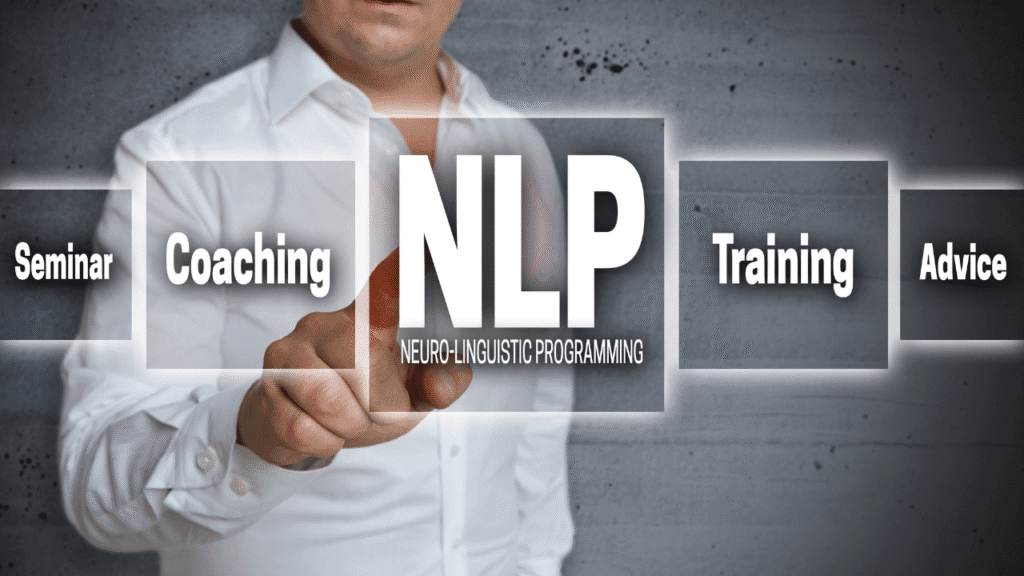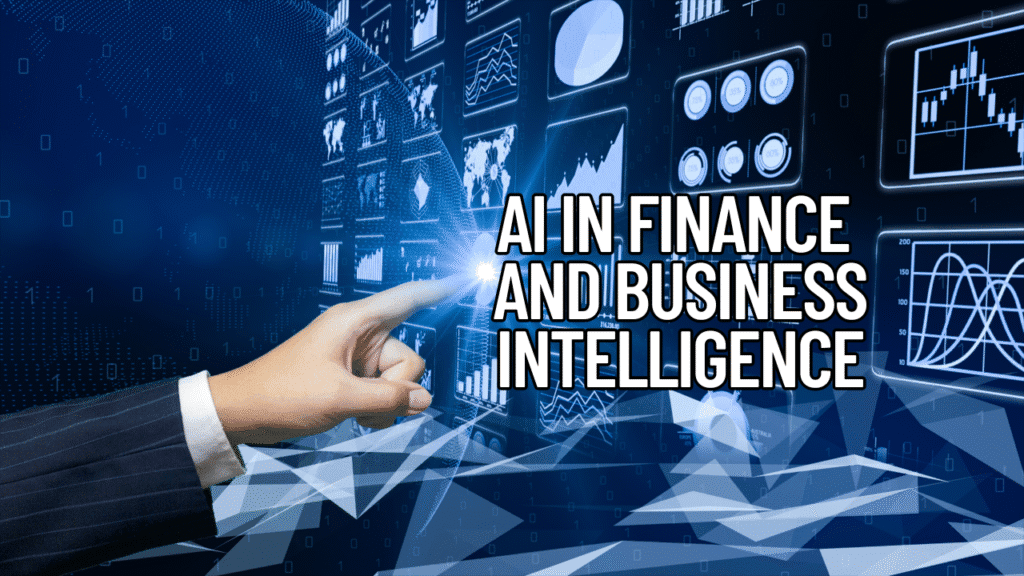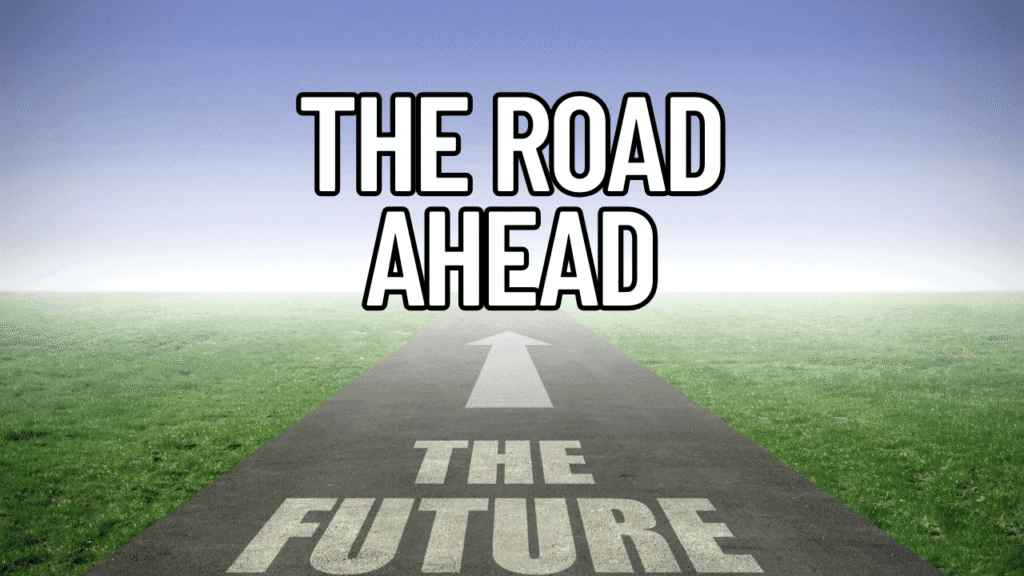1. The Best AI Revolution: A Historical Context
The Best AI Breakthroughs Defining 2025, journey began in the 1950s with the concept of machines mimicking human reasoning. Early symbolic AI paved the way for expert systems in the 1980s, while the 2010s witnessed the explosion of machine learning and neural networks. The modern AI era has been defined by massive data availability, GPU computing, and open-source development frameworks—ushering in breakthroughs at unprecedented speeds.
2. Deep Learning and Neural Networks
Deep learning is the backbone of modern AI. Modeled after the human brain, deep neural networks (DNNs) enable machines to recognize patterns and make decisions with minimal human intervention. Notable breakthroughs include:
Image and voice recognition systems powered by Convolutional Neural Networks (CNNs).
Reinforcement learning achievements like AlphaGo by DeepMind, which demonstrated how AI can learn strategic reasoning.
Transformer models, such as BERT and GPT, revolutionized the processing of complex language tasks.
Deep learning continues to evolve, now enabling real-time inference on edge devices, from smartphones to industrial sensors.


3. Natural Language Processing (NLP)
One of the most human-like advancements in AI is Natural Language Processing. Breakthroughs in NLP allow AI to comprehend, translate, summarize, and generate human language with stunning accuracy.
ChatGPT and other LLMs (Large Language Models) have surpassed traditional models by understanding nuanced prompts and engaging in coherent dialogues.
Multilingual transformers such as mBERT and XLM-R improve global accessibility.
Sentiment analysis, voice assistants, and AI-driven translation services are revolutionizing customer experience, journalism, and education.
NLP’s rapid progression is driving conversational commerce, automated content creation, and real-time cross-linguistic communication.
4. Generative AI and Creative Intelligence
Generative AI has redefined the concept of creativity. With models capable of producing text, images, music, and even code, AI is becoming a collaborative creative partner.
DALL·E, Midjourney, and Stable Diffusion are transforming digital art and design.
MusicLM and Jukebox generate complex musical compositions.
GitHub Copilot and ChatGPT Code Interpreter help developers by autocompleting and debugging code.
These tools are redefining how we approach creativity, making once complex artistic processes accessible to non-experts.
5. AI in Healthcare: Diagnosis, Drug Discovery, and Personalized Medicine
AI’s integration into healthcare is one of its most profound and impactful breakthroughs:
Medical imaging AI can detect cancer, neurological disorders, and heart disease with greater accuracy than many human doctors.
Predictive analytics help hospitals anticipate patient needs, reducing readmission rates.
AI-driven drug discovery (e.g., AlphaFold by DeepMind) accelerates the identification of protein structures, enabling faster development of therapies.
Personalized medicine tailors treatments to individual genetic and lifestyle profiles using AI models.
AI is not replacing healthcare professionals—it’s enhancing their capabilities with data-driven insights.

6. AI in Finance and Business Intelligence
Financial markets thrive on information. AI’s ability to analyze data at scale gives institutions a competitive edge:
Algorithmic trading uses machine learning to optimize investment strategies.
Fraud detection systems identify anomalous behaviors in real-time.
Customer analytics improve user segmentation, retention, and satisfaction through AI-powered CRMs.
Robotic Process Automation (RPA) handles repetitive tasks, reducing operational costs.
With AI, businesses are making faster, smarter decisions based on real-time data streams.
7. Autonomous Systems and Robotics
Autonomy is one of the most visible applications of AI, especially in:
Self-driving cars, where Tesla, Waymo, and others are pushing the limits of road safety and logistics efficiency.
Industrial robots, which improve manufacturing precision and productivity.
Drones and delivery robots, automating tasks in agriculture, defense, and retail.
Human-robot collaboration (cobots), reshaping labor roles in factories and warehouses.
These systems depend on sensor fusion, real-time data analysis, and computer vision, all powered by advanced AI algorithms.
8. AI Ethics and Explainability
As AI grows more powerful, the demand for responsible development intensifies. Ethical AI is now a priority for enterprises, regulators, and communities.
Bias and fairness: AI models trained on biased datasets can reinforce discrimination. Efforts like “Fair AI” and transparent datasets are critical.
Explainability: Tools like LIME and SHAP offer insights into AI decision-making, which is essential in regulated sectors like finance and healthcare.
AI regulations and governance: Europe’s AI Act and similar initiatives are paving the way for responsible innovation.
Privacy: Differential privacy and federated learning are helping balance AI advancement with individual rights.
Ethical AI is not just a legal necessity—it’s essential for building trust in intelligent systems.
9. The Rise of AGI: Are We There Yet?
Artificial General Intelligence (AGI)—the idea of machines achieving human-like understanding and reasoning—remains a theoretical concept, but we are edging closer.
Multi-modal models like GPT-4o and Gemini 1.5 demonstrate early signs of generalized reasoning.
Meta-learning allows models to learn new tasks with fewer examples.
Neurosymbolic AI combines logic-based systems with neural networks, mimicking how humans process symbolic knowledge.
AGI is not yet reality, but every AI breakthrough—particularly in reasoning, memory, and transfer learning—lays a foundation for its possibility.

10. The Road Ahead: AI in 2030 and Beyond
Looking forward, AI’s trajectory points toward deeper integration across industries, societies, and even biology. Key trends include:
AI and IoT convergence, enabling truly smart cities and environments.
AI-assisted scientific discovery, automating research and hypothesis generation.
Synthetic biology and bio-AI interfaces, where AI designs and manipulates biological systems.
Universal personal assistants capable of managing every aspect of daily life from health to work to personal relationships.
In parallel, the evolution of human-AI collaboration will become a central narrative—one where augmentation, not replacement, defines the future of work and creativity.
Conclusion
AI breakthroughs are not confined to labs—they are redefining the real world. From diagnosing disease to composing symphonies, from driving cars to interpreting legal documents, AI is transitioning from novelty to necessity. As we navigate this transformative era, the responsibility lies in shaping its development for inclusive, ethical, and sustainable impact.
Staying informed, proactive, and adaptable will be essential for anyone seeking to thrive in a world increasingly shaped by artificial intelligence. The breakthroughs defining AI today are the building blocks of tomorrow’s society.